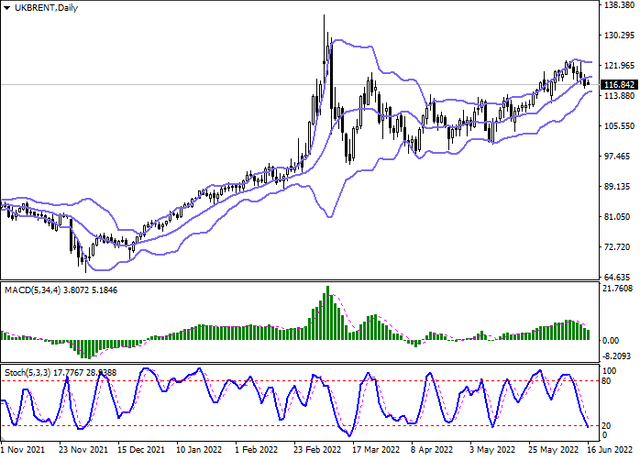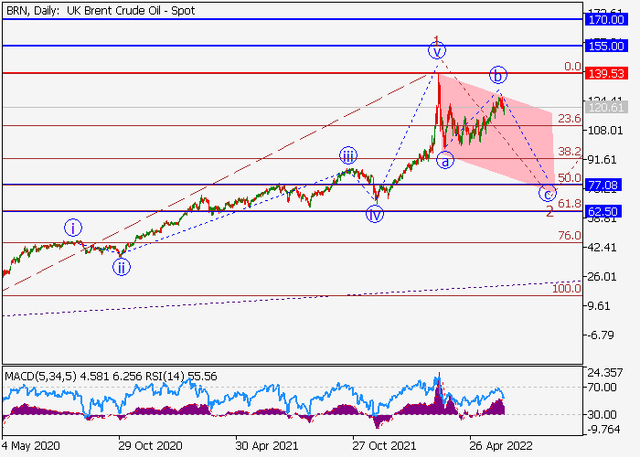SOLIDECN
Senior member
- Messages
- 3,041
- Likes
- 0

The price of WTI Crude Oil is correcting in an uptrend at 110.1, continuing its volatile dynamics and being under pressure from an unstable fundamental background.
The day before, it became known that the United Arab Emirates resumed the supply of "black gold" to the countries of the European Union after an almost two-year break against the backdrop of a reduction in energy imports from Russia. The first vessel with 1 million barrels of oil on board has already departed for the Dutch port of Rotterdam and, according to Bloomberg TotalEnergies SE has chartered another tanker that is supposed to deliver Arab oil to Egypt, from where it will also enter the EU through an oil pipeline.
According to data from the US Commodity Futures Trading Commission (CFTC), the number of net speculative positions on the asset over the past week increased to 325.6 thousand from 310.8 thousand positions a week earlier, which is fully reflected in the quotes on the stock exchange. In addition, the stabilization of "black gold" reserves in the United States should be noted, which, according to the American Petroleum Institute (API), increased by 0.567 million barrels over the past week after falling by 2.445 million a week earlier.

After overcoming the upper limit of the global Triangle pattern, the price continues to trade without a pronounced trend. Technical indicators continue holding a buy signal: the range of EMA fluctuations on the Alligator indicator started expanding in the direction of growth, and the histogram of the AO oscillator is still trading in the purchase zone while forming correctional bars.
Support levels: 106.80, 94.74 | Resistance levels: 113.67, 124.96











































